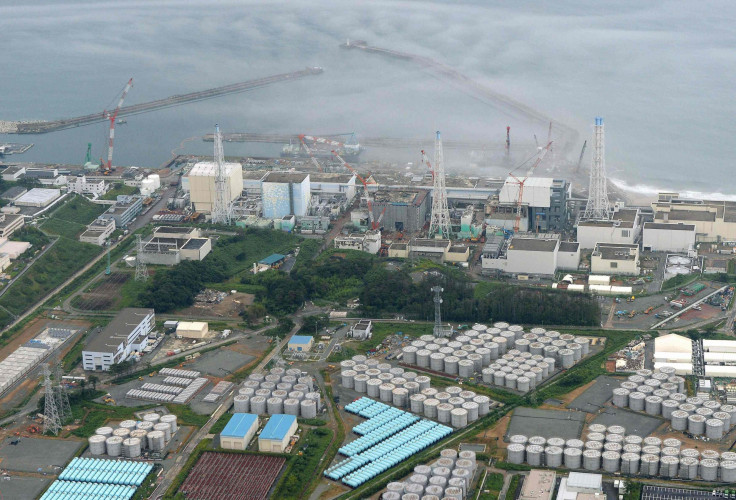Radiation Levels At Fukushima Are 18 Times Higher Than Previously Thought, With Readings Reaching 1,800 Millisieverts An Hour: Report

Radiation levels associated with a storage-tank leak at Japan’s crippled Fukushima Daiichi nuclear power plant are 18 times higher than previously believed, according to BBC News. This is thought to be the fourth major leak at Fukushima since the Great East Japan Earthquake in March 2011 and the worst so far in terms of volume, BBC News reported.
Levels reached 1,800 millisieverts per hour Saturday at the site, which would be enough to kill a person with four hours of exposure, BBC News said. However, Tokyo Electric Power Co. Inc. (TYO:9501), or Tepco, elaborated on this issue at length in a statement Sunday.
“We used measuring equipment that measures both beta radiation and gamma radiation. The 1,800 [millisieverts, or mSv] is the total amount of beta radiation and gamma radiation. Gamma radiation was 1 mSv and most of the 1,800 mSv was beta radiation,” Tepco said.
“Since 1,800 mSv is approximately 3.5 times higher than the control level of equivalent dose for skin, which is 500 mSv/year, we should carefully control radiation exposure. Since beta radiation travels only a short distance, radiation level decreases considerably if we keep a distance. Moreover, since beta radiation is weak and can be blocked by a thin metal sheet such as aluminum, we think that we can control radiation exposure by using proper equipments and cloths,” the company said.
“Additionally, although 1,800 mSv was detected at 5 [centimeters, or cm] above the floor, the radiation level of 50 cm above the floor was 15 mSv. Thus, 1,800 mSv does not mean the radiation level of the whole nearby place,” Tepco said. Five centimeters is a bit less than two inches, and 50 centimeters is a bit less than 20 inches.
In concluding its statement, the company said, “We will find out the cause of this issue and make proper counter measures immediately, and continue to make every effort to secure safety of workers.”
© Copyright IBTimes 2025. All rights reserved.





















